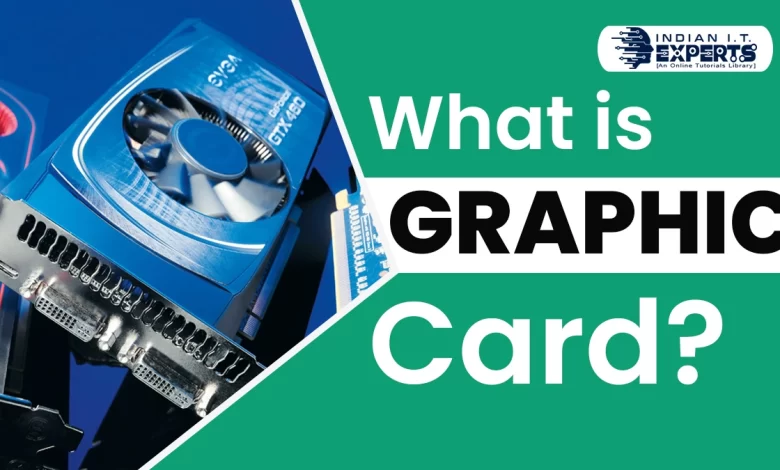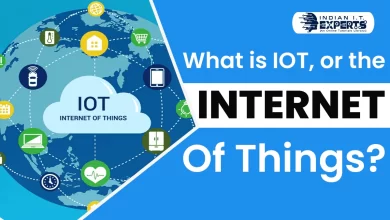What is Graphic Card?

A graphic card is also known as a graphics processing unit (GPU).
It is a specialized hardware component designed for handle graphic-intensive work
Its helps to accelerate visual computations for tasks like gaming, video editing etc
Table of Contents
What is a Graphic Card?

- A graphic card is a dedicated hardware component responsible for rendering images, videos, and animations on a computer screen.
- It works in tandem with the computer‘s central processing unit (CPU) to handle complex visual computations.
Importance of Graphic Cards

- Graphic cards are essential for smooth and immersive gaming experiences, delivering high frame rates, realistic graphics, and special effects.
- They are crucial for graphic designers, video editors, and 3D modelers, providing accelerated rendering and enhanced productivity.
Components of a Graphic Card
- GPU: The central processing unit of a graphic card that performs complex calculations and rendering operations.
- VRAM: Video Random Access Memory, a high-speed memory dedicated to storing and accessing graphical data.
- Cooling System: To dissipate heat generated during intensive graphical tasks, graphic cards employ various cooling mechanisms such as fans or liquid cooling.
Types of Graphic Cards
- Integrated Graphics: Built-in graphics processing units within the computer’s CPU, suitable for basic tasks and low-demand applications.
- Dedicated Graphics: Separate graphic cards with their own GPU and dedicated VRAM, offering superior performance and graphical capabilities.
Features and Technologies
- CUDA and OpenCL: Frameworks that leverage the power of graphic cards for general-purpose computing tasks.
- Ray Tracing: A technology that simulates realistic lighting effects and reflections in real-time, creating lifelike visuals.
- G-Sync and FreeSync: Adaptive sync technologies that reduce screen tearing and provide smoother gaming experiences.
Conclusion
- Graphic cards are essential components for modern use of computer as everthing comes with full of graphics.
- This is the only component of computer that can gives you stunning visuals, enhanced gaming experiences, and accelerated graphical workflows.
- This is best, whether you’re a gamer, content creator, or designer, a powerful graphic card can unlock new levels of performance and visual fidelity.




